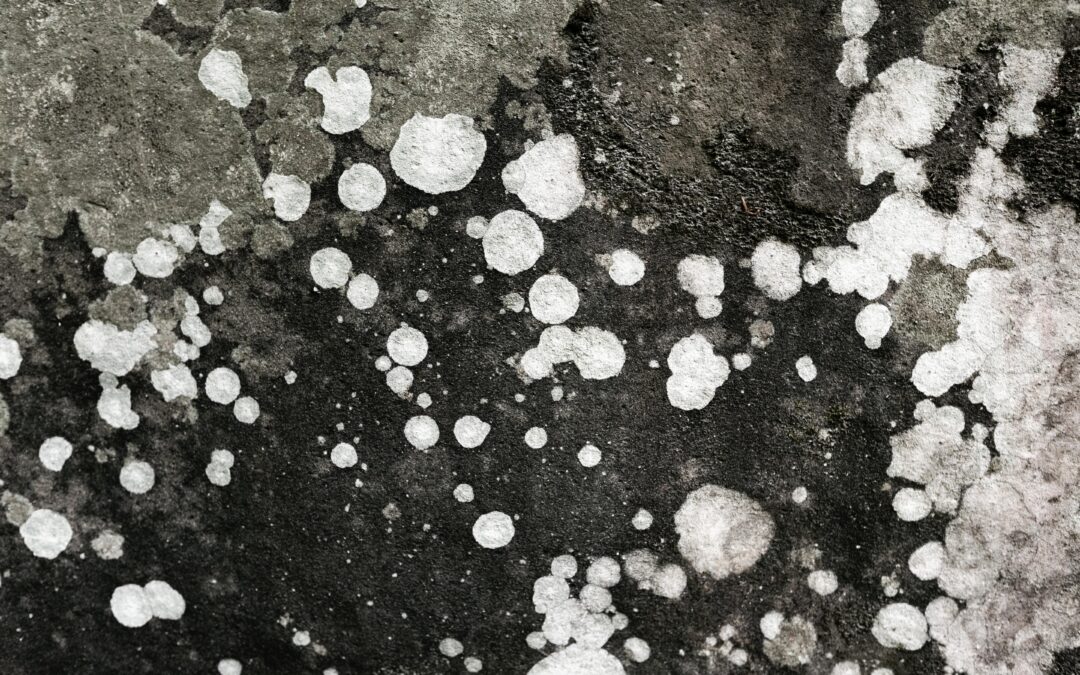Black mold, also known as Stachybotrys chartarum, is a toxic type of mold that can lead to severe health issues if left unchecked. Whether you’re in Long Island, Brooklyn, or Queens, understanding how to identify black mold and knowing the risks it poses is crucial for maintaining a healthy home environment. In this guide, we’ll explore how to identify black mold, what hazards it presents, and how to seek help.
What Does Black Mold Look Like?
The first step in identifying black mold is recognizing its appearance. Black mold is typically dark green or black and often appears slimy, especially in areas that stay damp for long periods. It commonly grows in hidden or moist places like walls, wood surfaces, bathrooms, and ceilings.
How to Identify Black Mold in Walls
If you notice discoloration on your walls, peeling paint, or a musty odor, you might be dealing with black mold. Check behind wallpaper or in areas near water damage, such as near pipes or windows, as these are prime locations for mold growth.
Common signs include:
- Dark patches or stains on the drywall.
- Peeling or bubbling paint.
- Persistent musty odors.
- Deterioration of the wall surface.
How to Identify Black Mold on Wood
Black mold on wood can be dangerous, as it deteriorates the structure of the material. Look for dark stains or spots that appear as clusters on wooden surfaces such as floors, beams, or furniture.
Signs of black mold on wood:
- Black or dark green spots forming irregular shapes.
- Warping or weakening of the wood structure
- Musty odor around the affected area.
How to Identify Black Mold in House
While black mold can appear anywhere in the house, damp, dark areas are its favorite spots. Kitchens, bathrooms, basements, and attics are high-risk areas. Use a flashlight to check hidden spots or behind furniture where moisture can accumulate.
How to Identify Black Mold on Ceiling
Black mold on the ceiling often grows due to roof leaks or poor ventilation. You’ll typically see black, speckled patches forming in corners or near light fixtures.
Look out for:
- Discoloration in ceiling tiles.
- Visible black streaks or spots.
- Flaking or peeling ceiling paint.
How to Identify Black Mold in Bathroom
Bathrooms are particularly vulnerable to mold growth due to the high humidity and moisture levels . Check the grout between tiles, under sinks, and behind toilets for any signs of mold.
Signs of black mold in the bathroom:
- Black spots on grout or tile.
- Moldy caulking around the tub or shower.
- Musty smell that doesn’t go away after cleaning.
Why is Black Mold Dangerous?
Exposure to black mold can cause a range of health issues, including respiratory problems, allergic reactions, and in some cases, severe complications such as lung infections. Those with weakened immune systems, children, and the elderly are especially vulnerable to the effects of black mold. Some common symptoms include coughing, sneezing, skin rashes, eye irritation, and shortness of breath.
Other Types of Mold and How to Identify Them
While black mold is the most notorious, other types of mold can also be harmful. Here are a few common varieties:
- Aspergillus: Often found in household dust, it can be yellow, green, or black. It may cause allergic reactions or respiratory infections.
- Cladosporium: Green, brown, or black mold that grows on carpets, wood, and fabrics. It can trigger allergy symptoms such as sneezing and sore throat.
- Penicillium: Recognizable by its blue or green color, it’s typically found in areas with water damage and can lead to allergic reactions.
How to Prevent and Remove Black Mold
The best way to prevent mold is to control moisture levels in your home. Here are a few tips:
- Fix leaks in plumbing, roofs, and windows immediately.
- Use dehumidifiers in damp areas such as basements and bathrooms.
- Ensure proper ventilation, especially in bathrooms and kitchens.
- Regularly inspect areas prone to moisture and mold growth.
If you spot black mold, it’s essential to seek professional help to remove it safely. DIY methods may spread mold spores, making the problem worse. At Zavza Seal LLC, we specialize in mold remediation services across Long Island, Brooklyn, Queens & Bronx. Our experts use advanced techniques to safely remove black mold, ensuring your home is safe and mold-free.
When to Call a Professional Mold Remediation Service
If you suspect black mold in your home, it’s always better to be safe than sorry. Black mold can spread quickly, and professional remediation is the most effective way to handle it.
Contact Zavza Seal LLC today for a thorough mold inspection and remediation service. We’ll ensure your home is safe from the harmful effects of black mold.
Frequently Asked Questions
How to Identify Black Mold in Walls?
Look for dark, moist patches, peeling paint, and musty odors . Hidden areas, such as behind wallpaper, are common spots.
How to Identify Black Mold on Wood?
Look for dark spots and clusters, along with warping or softening of the wood.
Is Black Mold Dangerous?
Yes, it can cause severe health issues, especially for those with respiratory problems or weakened immune systems.
How to Prevent Black Mold?
Control moisture, fix leaks, and ensure proper ventilation in high-humidity areas.
Get A Free Estimate
Related Blog Posts:
- Effective Rainwater Management Techniques for Protecting Your Foundation
- Buying a House with Foundation Problems and the Seller Won’t Pay?
- The Importance of Professional Foundation Repair and Waterproofing
- Do All Cracks Mean Foundation Problems?
- Don’t Ignore the Warning Signs: Cracked Foundation Repair
Get A Free Estimate

